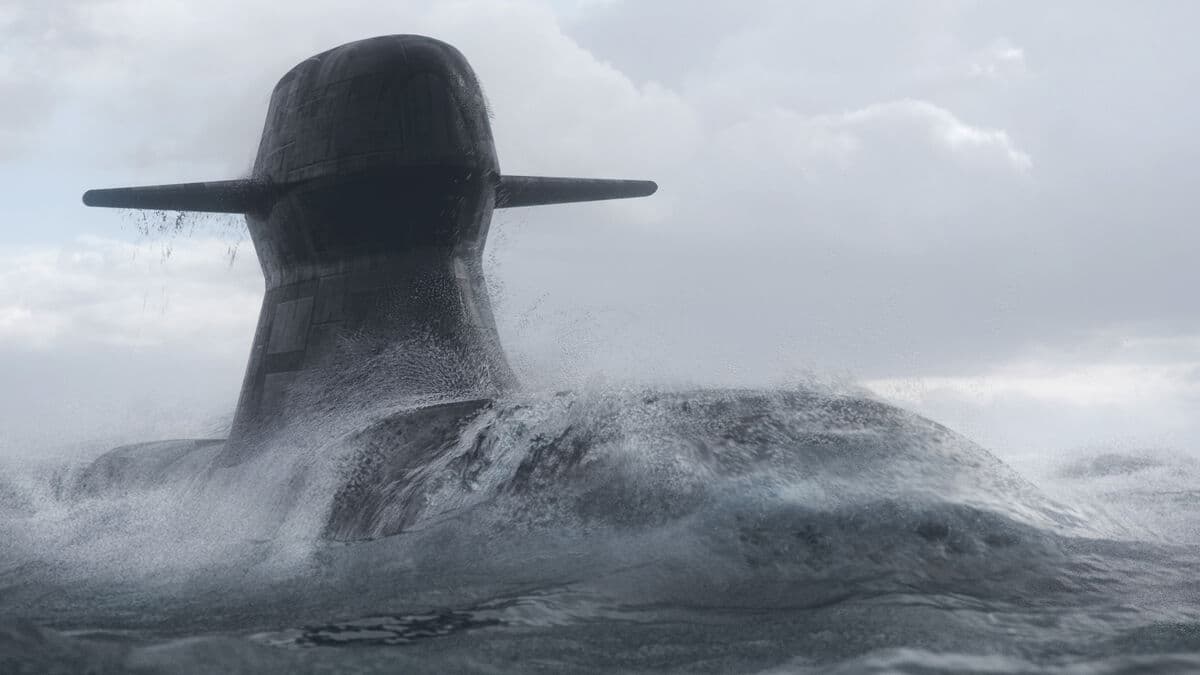The past three years have been the ones with the largest glacier melting since at least 1950, according to the World Meteorological Organization (WMO). Last year, 450 billion tons disappeared globally.
2024 saw an exceptional decline in Norway, Sweden, and the Tropical Andes, says John Kennedy at WMO's expert group, in connection with a press conference.
In Sweden, researchers have just arrived at the Tarfala research station at Kebnekaise, where researchers have measured the Storglaciären for 80 years – the world's longest series of its kind.
This winter does not seem to have been as bad as feared.
We have been to Storglaciären and there is surprisingly much snow there. We had not counted on that, she says.
As Large as Germany
The snow acts as a kind of insulating layer on the glacier during the summer, and it is also snow followed by cool summers and another snow-rich winter that is required for a glacier to grow. But it is happening increasingly rarely. And looking at the total mass of the world's glaciers, one has to go back to the beginning of the 1990s to see a year with growth.
9,000 billion tons have disappeared since 1975. That corresponds to a 25-meter thick ice block covering the entire Germany. The past few years, Sweden's glaciers have been pointed out as particularly vulnerable.
In a global perspective, they are quite small. Even the one we call Storglaciären is quite small, three square kilometers. It is easy for warming to affect the small glaciers. They have a relatively large surface area in relation to their mass, so it takes extra hard on the Swedish ones, she says.
Four out of Five
If emissions continue as usual, four out of five glaciers in Sweden will have disappeared or shrunk significantly by the end of the century, according to the UN's climate panel IPCC.
I think it will be a part that will not survive, unfortunately, says Kirchner.
The WMO emphasizes that glaciers must be protected. Attempts have been made with enormous tarps and fabric canopies, snow cannons, and painting stones white. Nina Kirchner thinks the attempts are good for giving media attention to the shrinking glaciers.
But we cannot put a band-aid on all glaciers in the world – we have 275,000 – it is pointless, really. You have to go to the cause, and that is to limit warming, she says.
Shrinking glaciers have become a symbol of climate change.
Glaciers and ice sheets store about 70 percent of the world's freshwater.
Glaciers grow in the winter and shrink in the summer. But if the melting is greater than the growth, there is a net loss of mass.
Last year, the mass of glaciers decreased in all 19 of the world's glacier regions, for the third year in a row.
In 2024, the world's glaciers lost 450 billion tons, the fourth-highest figure so far. Five of the years with the largest net loss have occurred in the last six years.
Between 2000 and 2023, glacier melting led to a 18-millimeter rise in sea levels.
Source: WMO.





